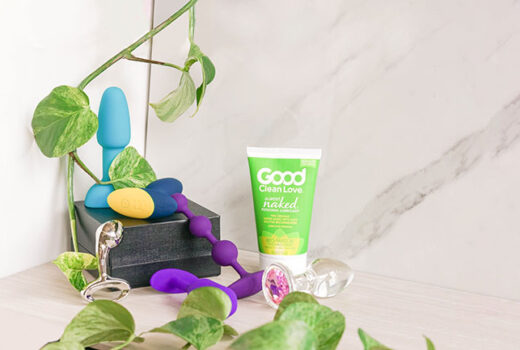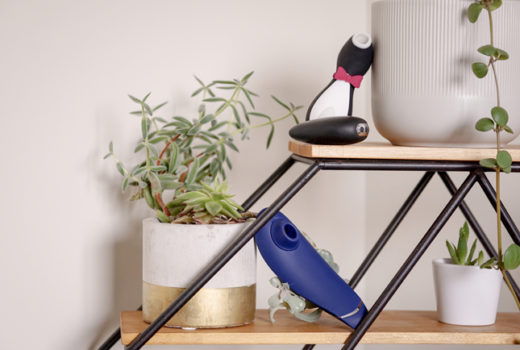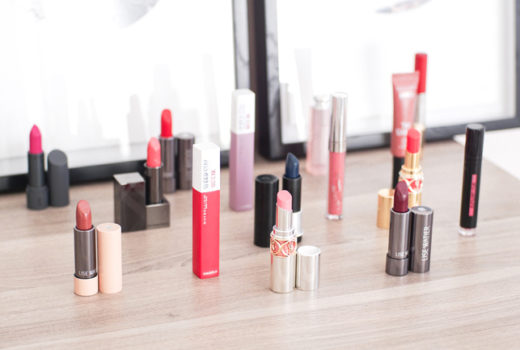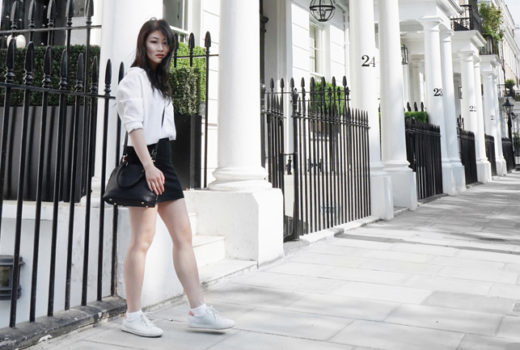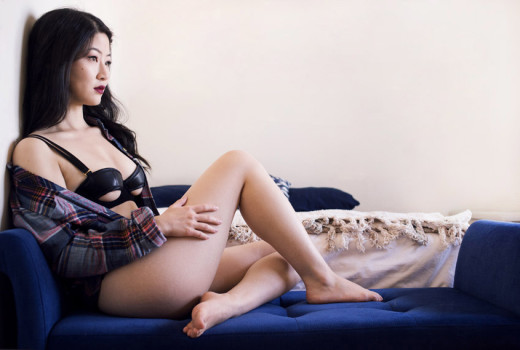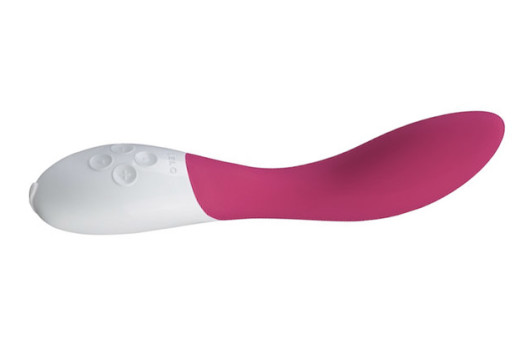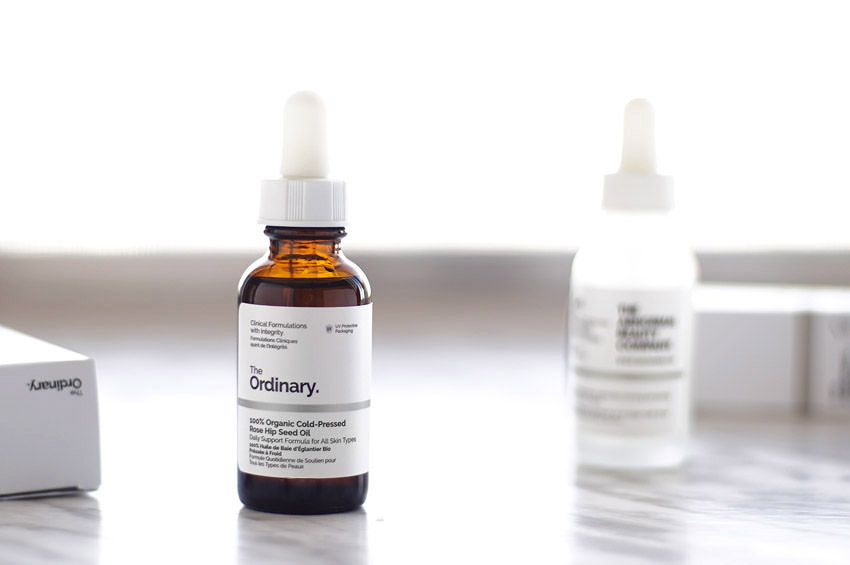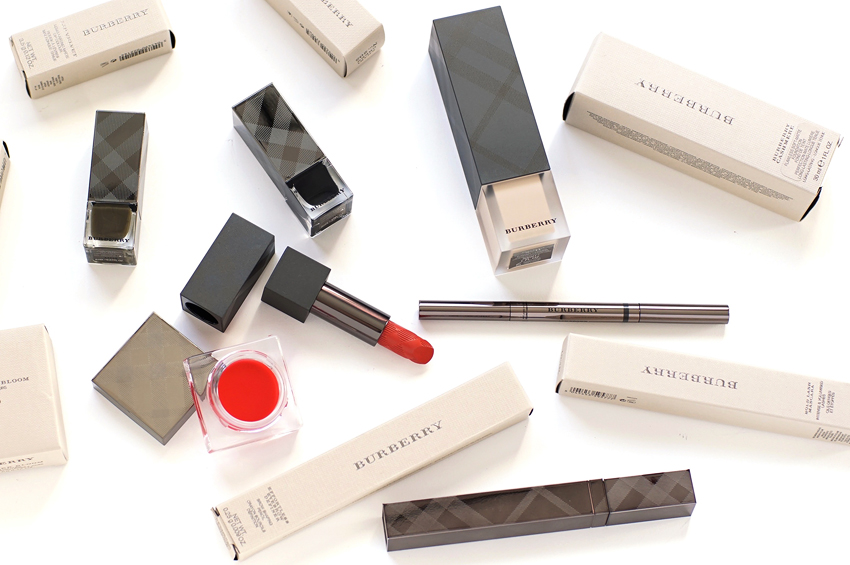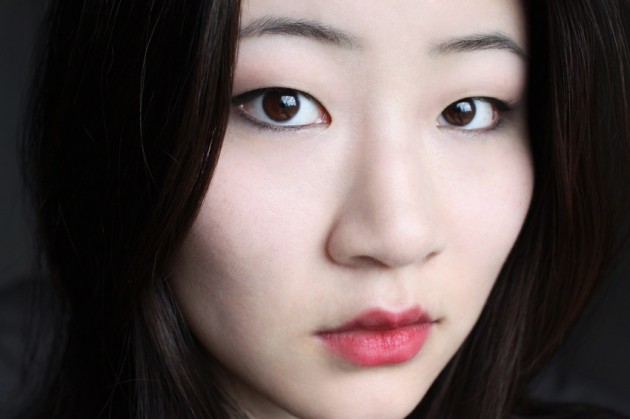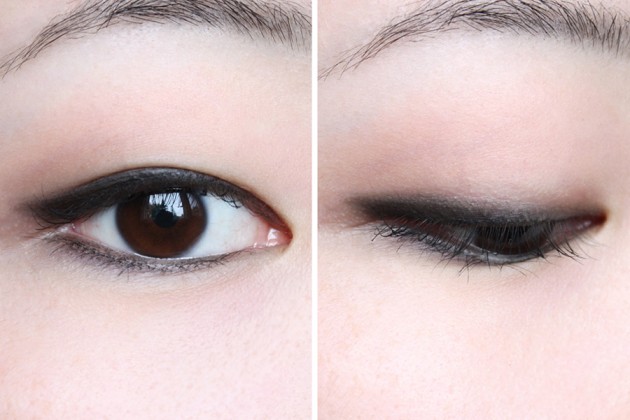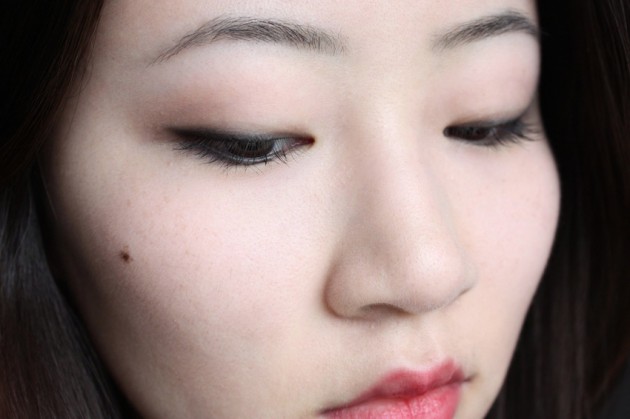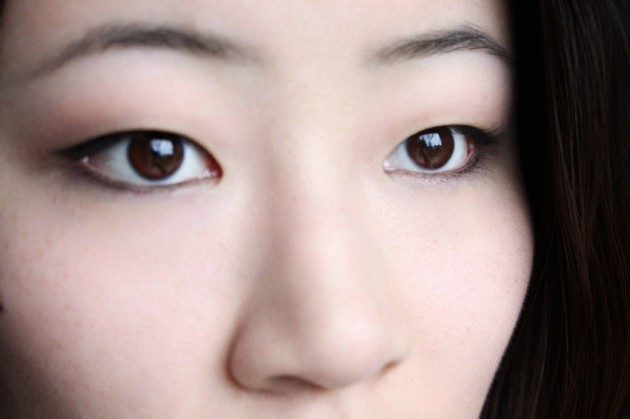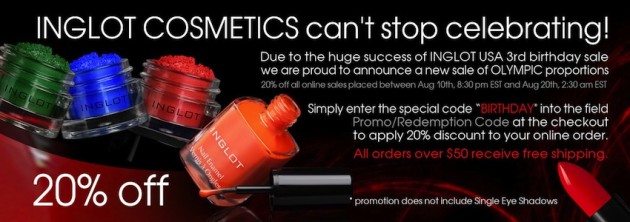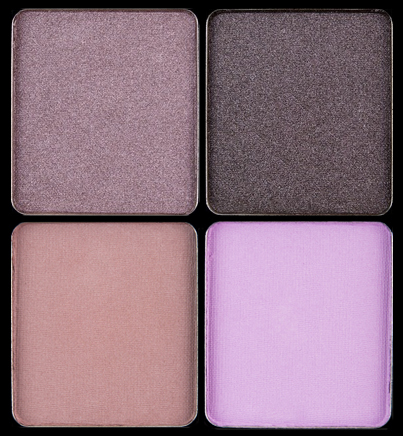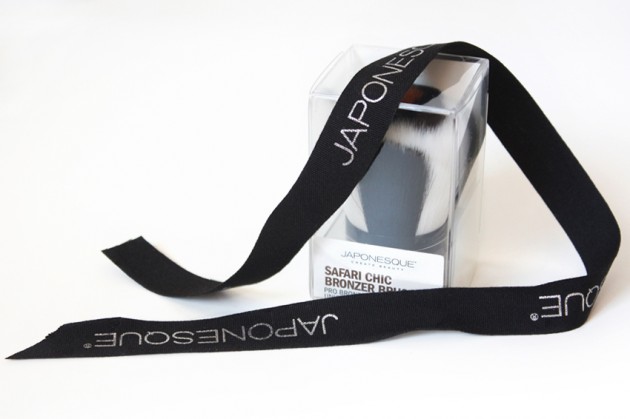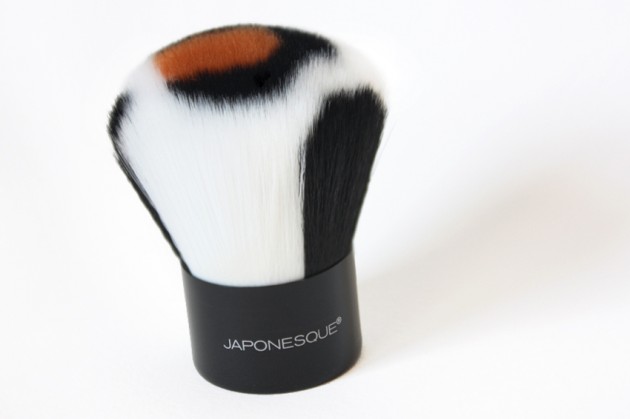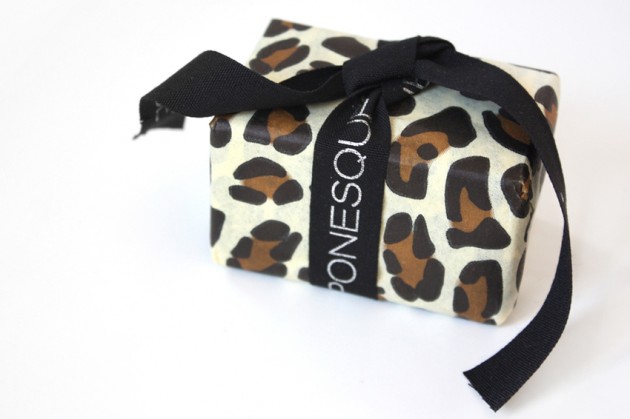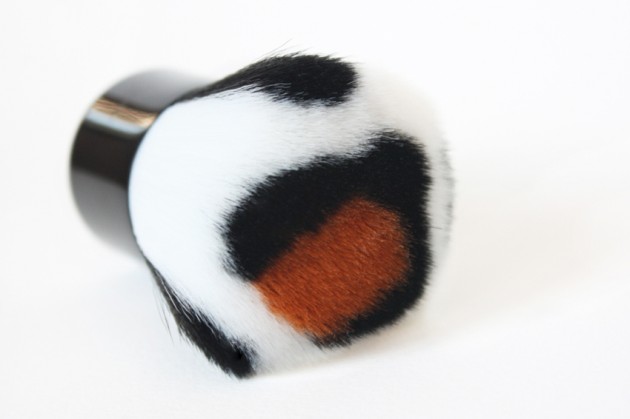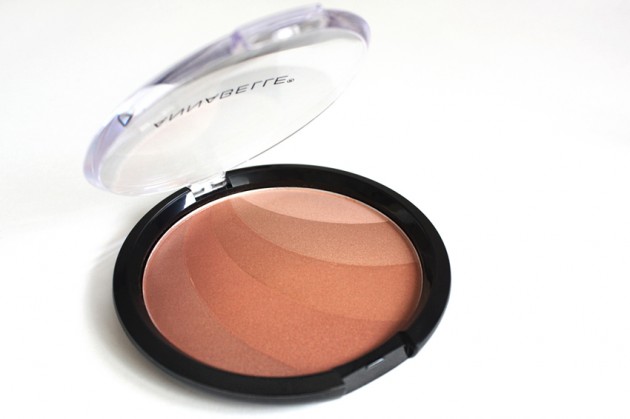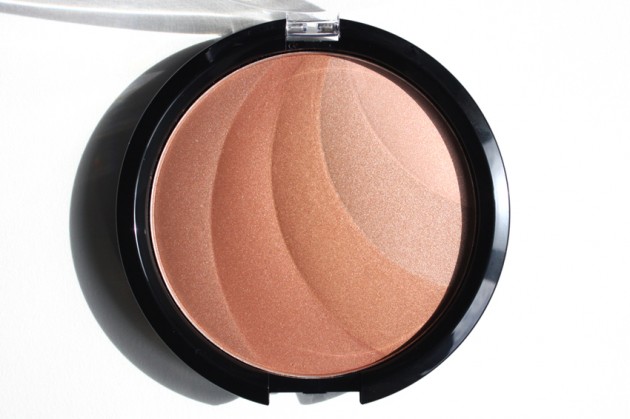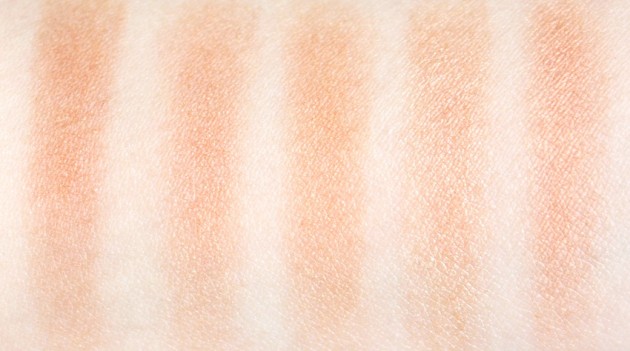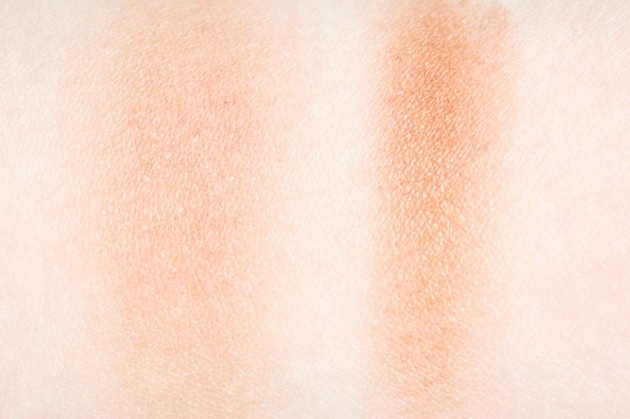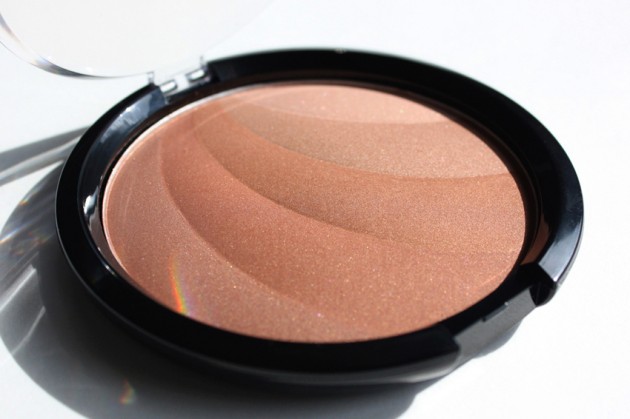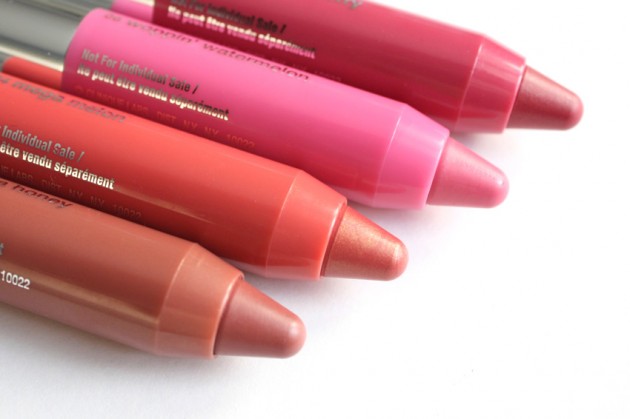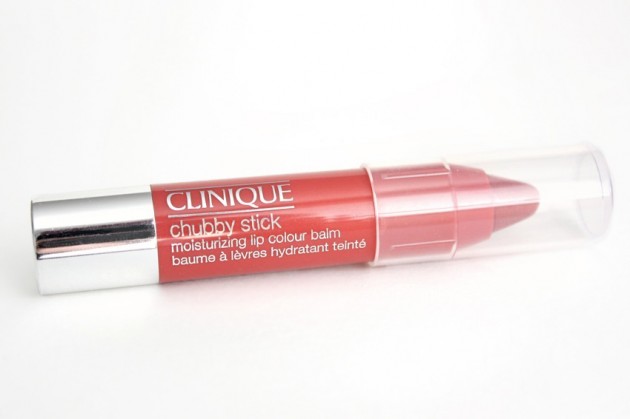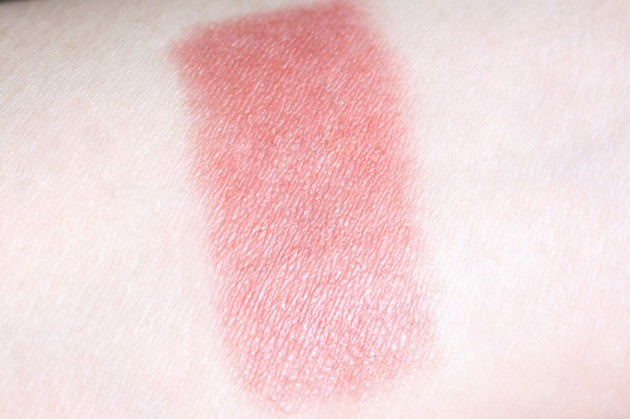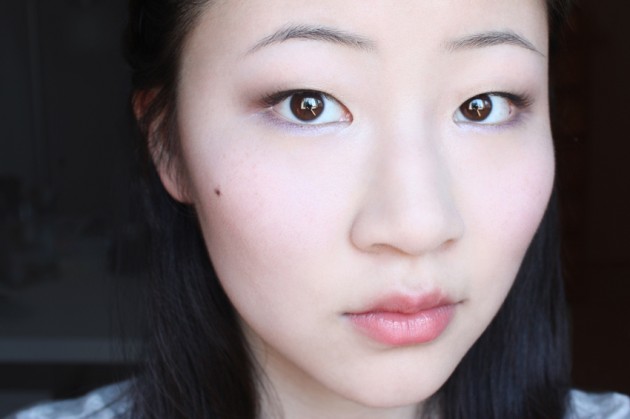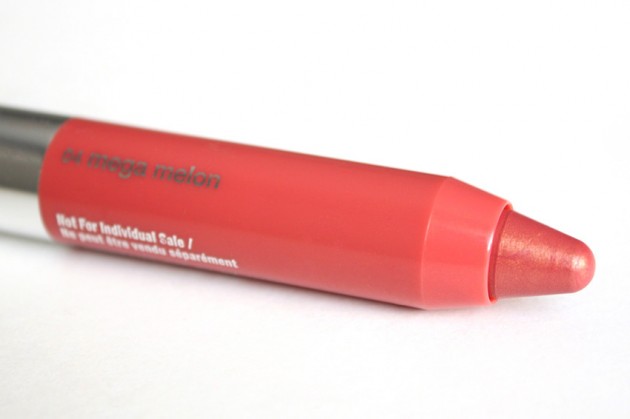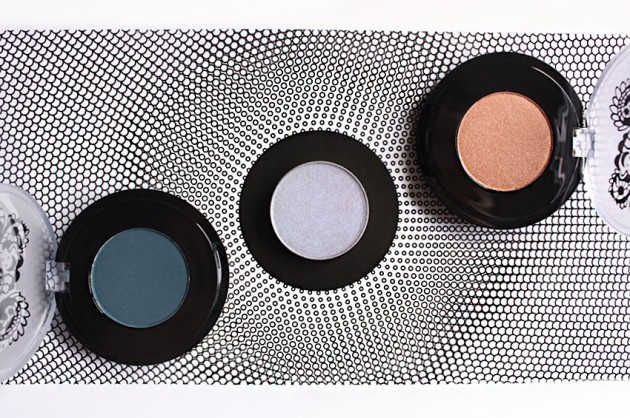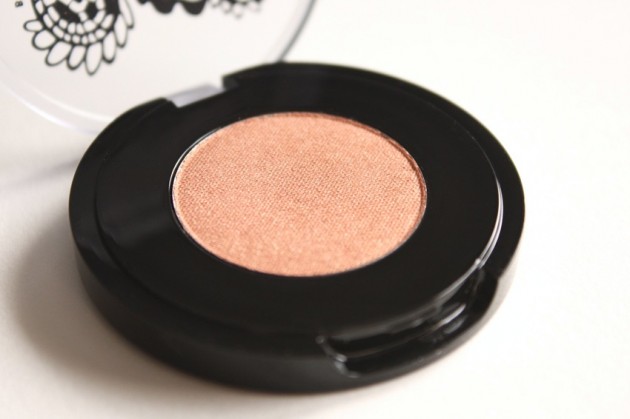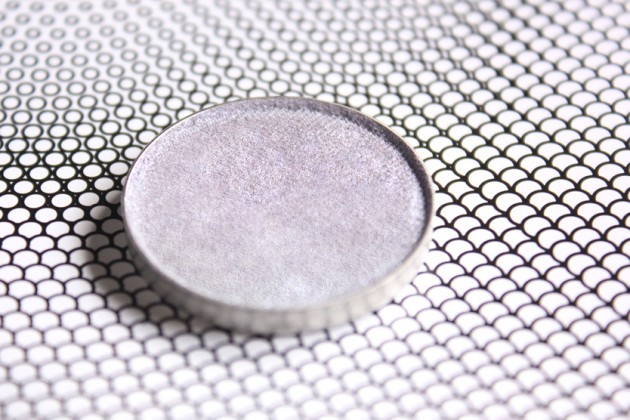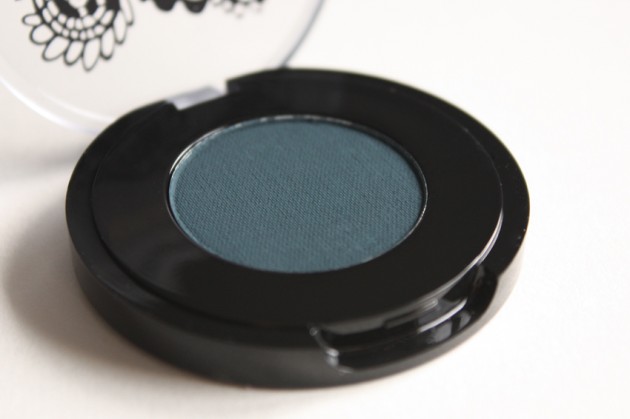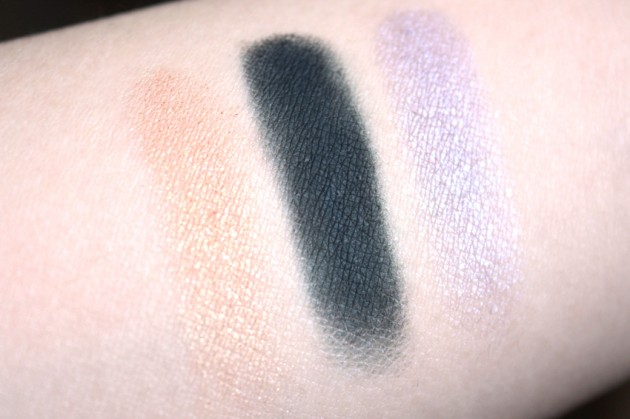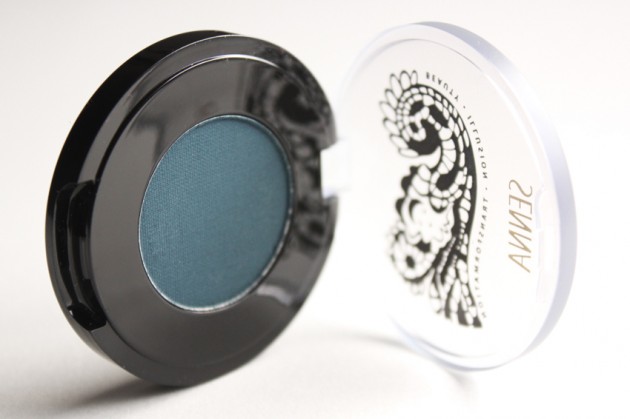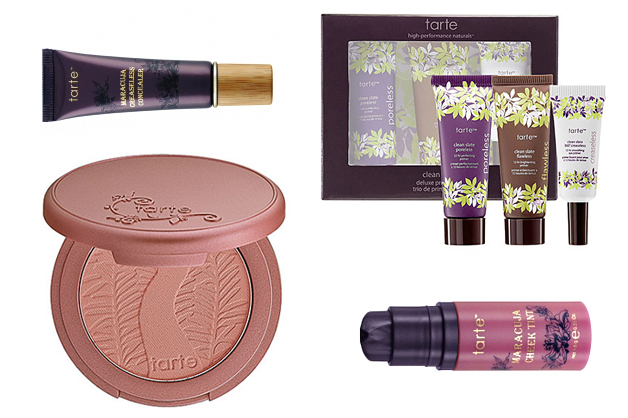Earlier this week, a good friend of mine (aka She of the Glorious Cheekbones, or “Xiao,” for short) asked me to tell her about the ingredients in the Tatcha Radiant Deep Brightening Serum. I’m no skincare expert, but I do end up doing a lot of skincare research just for interest’s sake, so I thought I’d share the breakdown with all of you, too.
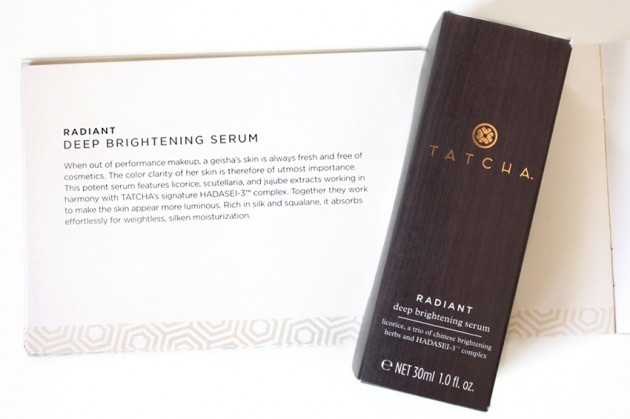
To start off, here’s the full ingredients list:
Water, Glycerine, Propanediol, Alcohol, Cyclopentasiloxane, Squalane (Olive Extract), Isocetyl Stearate, Inositol (Rice Bran), Phenoxyethanol, Oryza Stavia Germ Oil (Rice Bran), Polyglyceryl-2 Triisostearate, Polyglyceryl-10 Isostearate, Ethylhexylglycerine, Glyceryl Stearate, Behenyl Alcohol, Sericin (Silk), Arginine, Carbomer, Xanthan Gum, Biosaccharide Gum-1, Sodium Hyaluronate, Zizyphus Extract (Jujuba Fruit), Glycyrrhiza Glabra Root Extract (Licorice Root), Scutellaria Baicalensis Root Extract (Baical Skullcap), Ctearyl Alcohol, Sodium Lauroyl Lactylate, Sorbitan Stearate, Caprylic/Capric Triglyceride, Hydrogenated Lecithin, Red Algae Extract, Camellia Sinesis Leaf Extract (Green Tea), Fragrance.
[Italicized ingredients are of natural origin.]
What you need to know about ingredients lists
As I’m sure you all know, the FDA dictates that all ingredients be listed in order of predominance, with the notable exclusion of:
a) Any ingredients that are also drugs (eg. chemical sunscreens), which are listed first;
b) Colour additives, which can be listed at the end in any order;
c) “Trade secrets,” which can be listed as simply “and other ingredients,” and finally;
d) Any ingredient making up less than 1% of the finished product, which can be listed in any order amongst themselves.
Because of this, I’m going to focus on the first handful of ingredients, and touch on the rest only briefly — just in case you were wondering why I haven’t broken down all 32 ingredients for you!
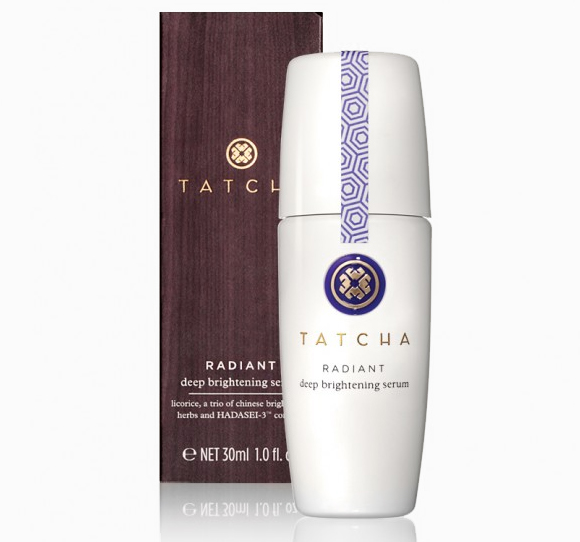
The base
Water
Okay, this one’s obvious. Most skincare products do start out with water (aqua/eau, whatever you care to call it); starting out your product with water doesn’t make it a “cheap dilution.” Dilution? Well, yes, but it’s always nice not to burn your skin off with overly-concentrated ingredients!
Remember, when it comes to skincare, more isn’t always better. It’s all about a balance: you don’t want a product that’s too diluted, but you don’t want one that’s too concentrated, either.
Glycerine
Another common ingredient. My worry with glycerine is always that, while a good, cost-effective humectant (think of humectants as skin conditioning agents for locking in moisture), it can give a suffocating, sticky finish if you use too much — which I definitely find is the case with this serum. (I’d recommend starting off with just two or three small drops for your entire face if you want a soft finish, rather than a sticky one.)
Effective or not, I’m a little disappointed to see so much glycerine in a product that retails for $150 a bottle, to be honest — it’s hard to fork over that much when you know the largest components of a product are dirt-cheap!
Propanediol
Um, this is awkward. 1,2- or 1,3-propanediol? Anyhow; this is probably around as a humectant and/or viscosity-controlling agent; group it in as “supporting character” rather than “story arc.” There have been some concerns raised over this one with regards to skin irritation, so do keep an eye out for any unusual redness or sensitivity, especially in your eye area.

